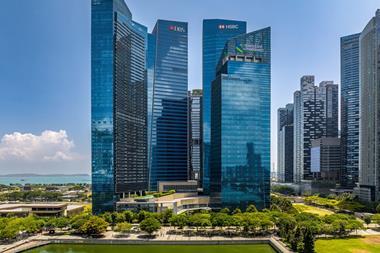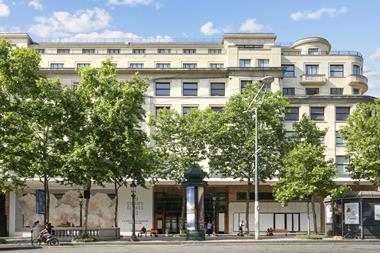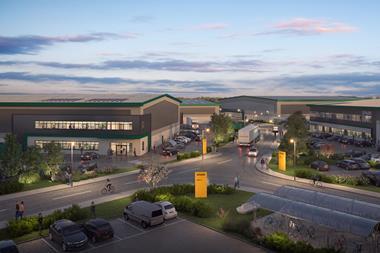Once overlooked, biodiversity is now gaining traction in ESG investing as its critical role in mitigating climate change becomes undeniable, writes Robin McArthur
Countries around the world are facing a twin crisis. On one hand, a housing crisis that’s seeing homelessness on the rise and the cost of housing increasing at an alarming rate, while the availability of decent homes dwindles.
On the other hand, a climate crisis that’s seeing nations use 25% more natural resources than the planet can sustain, meaning entire species are disappearing.

Both demand bold action but crucially, one doesn’t need to be at the expense of the other – as England’s new Biodiversity Net Gain (BNG) law shows us.
Officially enforceable as of this month, BNG is a first-of-its-kind planning policy requiring developers in England to invest in measures in their development’s local area that will increase biodiversity by 10%.
Ideally, this will be done on-site, whether through creating new, high-quality habitats such as hedges and green roofs, or by enhancing existing habitats already on-site such as turning grasslands into wildflower meadows – the impact of which will be seen in the development’s immediate surroundings.
In cases where this isn’t possible, developers can access off-site solutions that will generate nature recovery in other parts of the country.
This new requirement means nearly all new developments will play an important role in reversing habitat loss in England. Recent research by Joe’s Blooms – whose independent Advisory Board I chair – shows BNG will save up to 30,000 football pitches worth of habitat, and create an additional 17,000 football pitches of new habitat annually.
But what does this mean for the real assets investment community?
Put simply, whilst BNG is an opportunity to create thousands of hectares of natural habitats, wildlife, and green spaces, it also opens up a whole new asset class in England through the creation of Biodiversity Units (BUs).
Where developers can’t achieve the 10% uplift onsite, off-site solutions can be sought by buying BUs generated by landowners who improve the natural habitat of different sites across England.
These BUs, which will inevitably be a crucial part of the BNG market as more and more developers begin to comply, hold the potential to become a source of income for landowners, who will be able to create financial value while restoring our natural habitat. For financial institutions, it’s only a matter of time before BNG becomes a key part of their ESG investments.
So far, biodiversity has been less visible to those designing ESG investment strategies as it’s not been seen as top of the priority list when it comes to reversing the effects of climate change. It’s only in recent years that the devastating impact of biodiversity loss on our ecosystems has become clear.
This lack of visibility then plays into a lack of incentives private companies have previously had to ensure their investments are a net positive for the environment.
BNG shows things can change and incentives are being put in place, encouraging developers and private companies to create greener communities.
An added benefit is the support that BNG commands among local communities. According to recent polling, almost two-thirds (62%) of English voters concerned about developments in their local area would likely support them if they enhanced the natural environment.
It also found nearly half (47%) of those opposed to planning laws being relaxed to boost English housebuilding would be more open to such developments if builders had to meet biodiversity requirements.
This is good news for investor confidence, as property developers will get community backing to create greener neighbourhoods that are more attractive places to live, work, and do business. It’s therefore not a surprise that many developers, including the Berkeley Group, Barratt, and David Wilson Homes, have already adopted BNG even before it’s implemented.
While some of these larger developers are already well set up for rolling out BNG, other smaller firms may not have had the same resources or time to prepare. There are a host of elements developers need to grapple with when it comes to BNG – such as understanding whether the animals and plants in the habitat are of particular ecological importance.
Digital tools will act as a good leveller, guiding developers of all sizes through the entire statutory process. This is something we specialise in at Joe’s Blooms. Our tools simplify the new compliance process, help developers achieve best practice, and reduce the time and costs involved.
BNG presents one of the biggest opportunities to reverse years of ecological damage and aid in habitat preservation. The introduction of BUs as a new asset class aligns with ESG investments across the board and prompts developers, small and large, to create greener neighbourhoods.
Policymakers, investors, ecology experts, academia, and businesses must come together to ensure developers have the guidance they need to guarantee BNG’s success in the months and years to come.
As a former biological researcher with a passion for ecology and conservation, I believe BNG presents one of the biggest opportunities for property developers and investors alike to reverse years of environmental destruction across England whilst also building the homes we so desperately need.


















